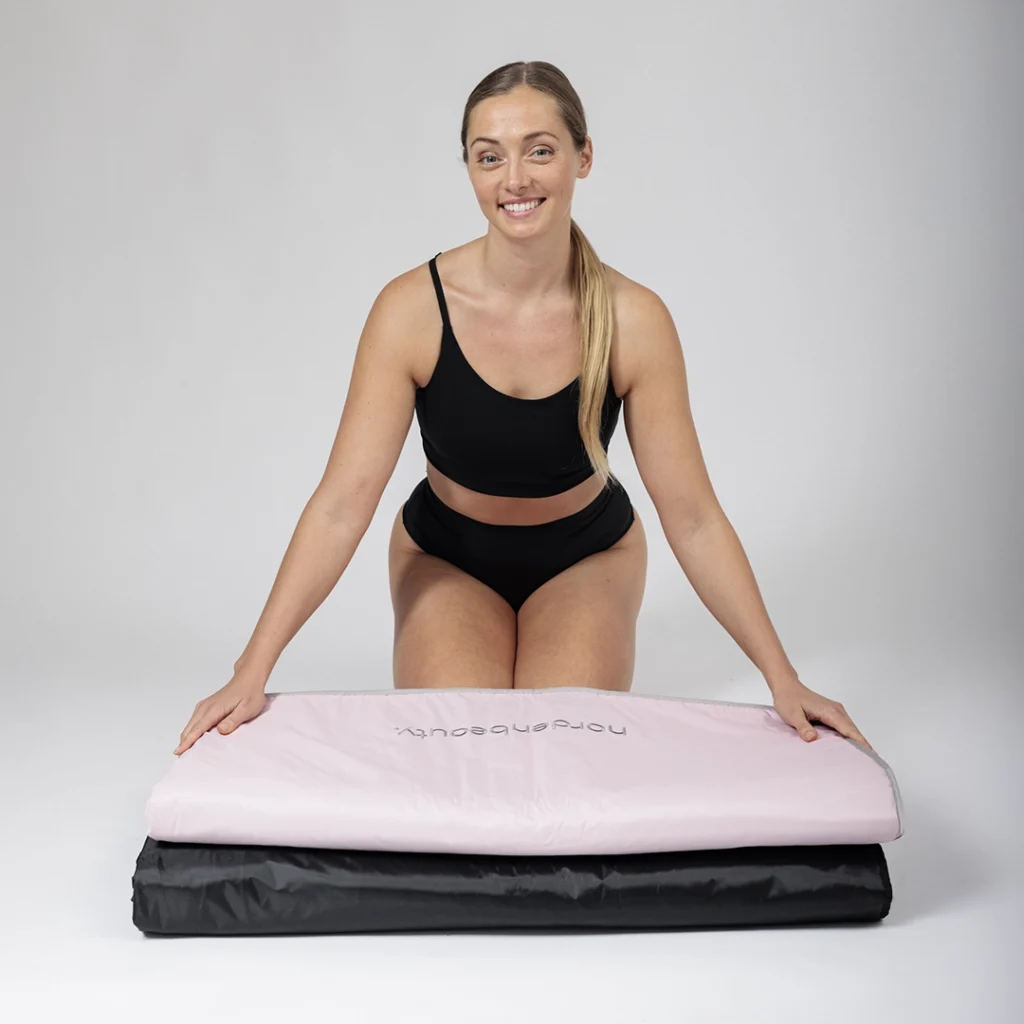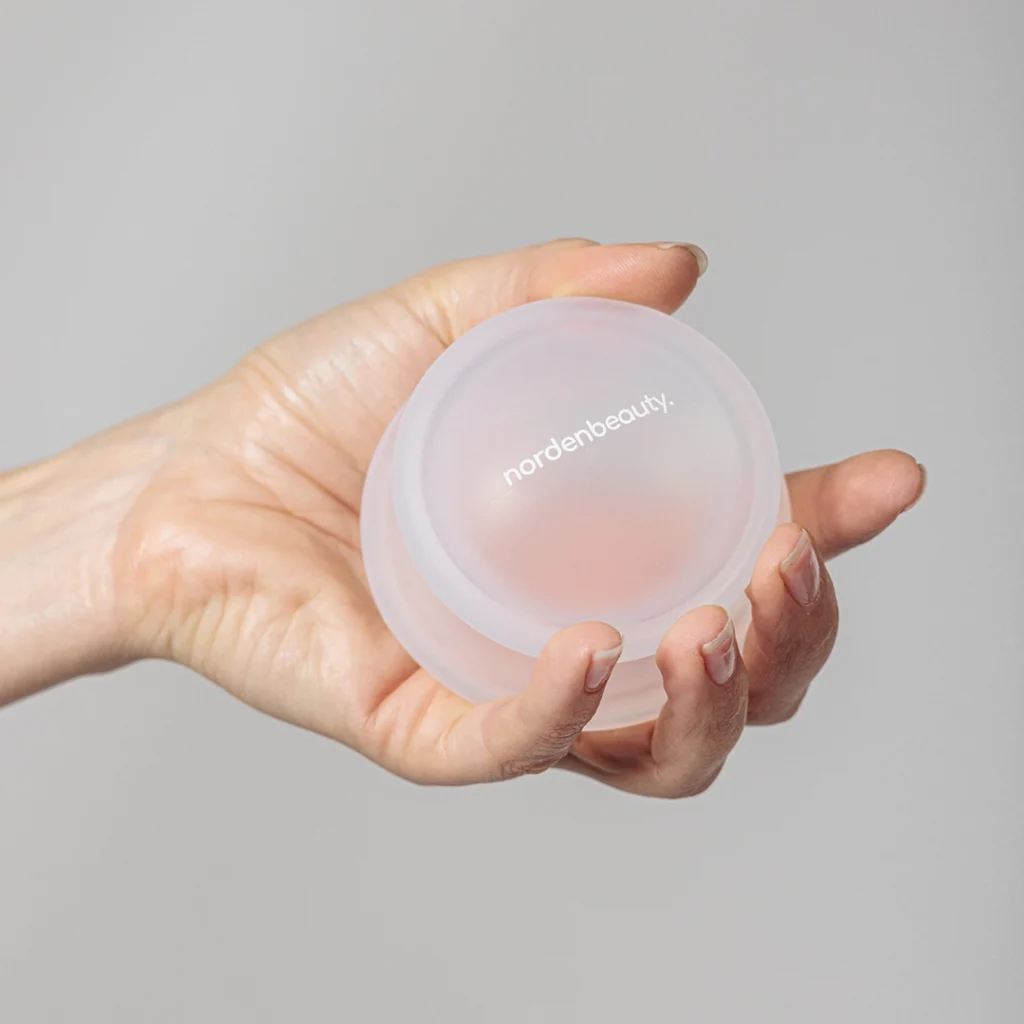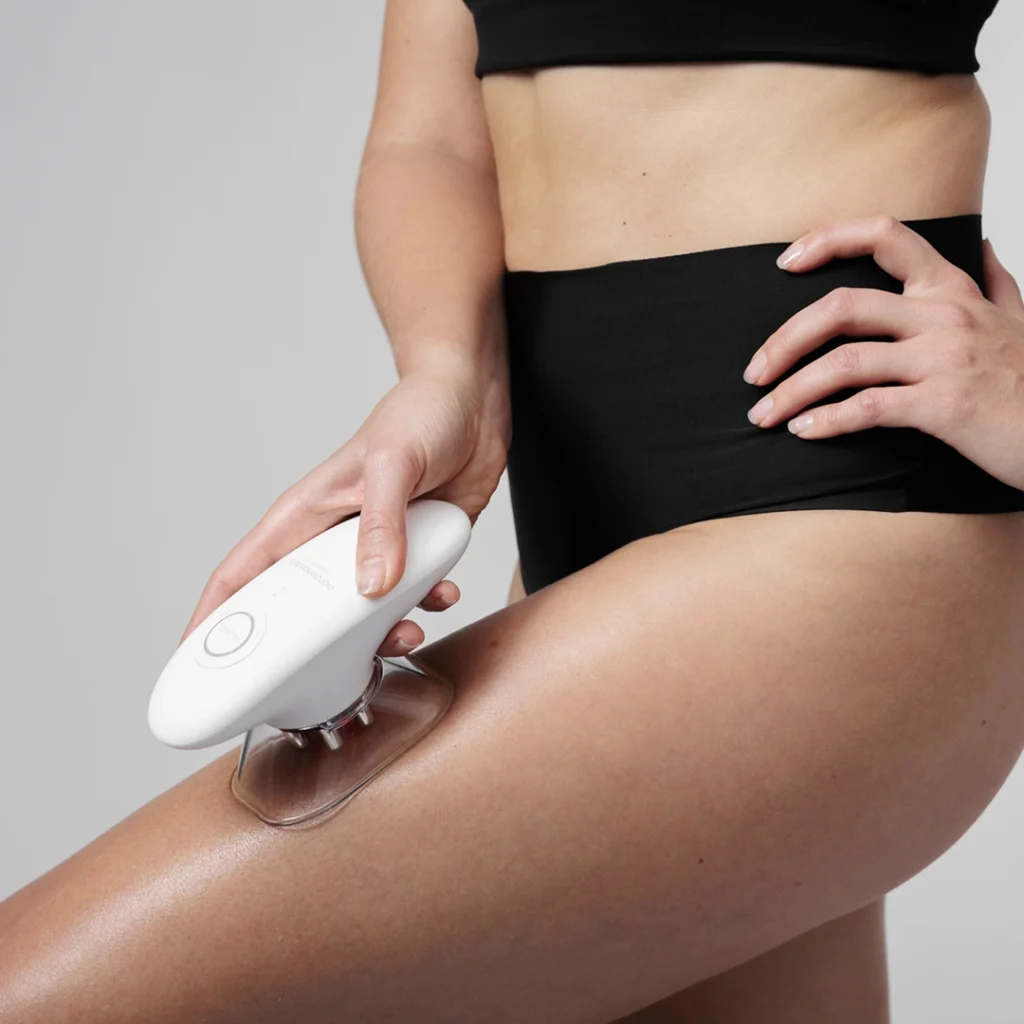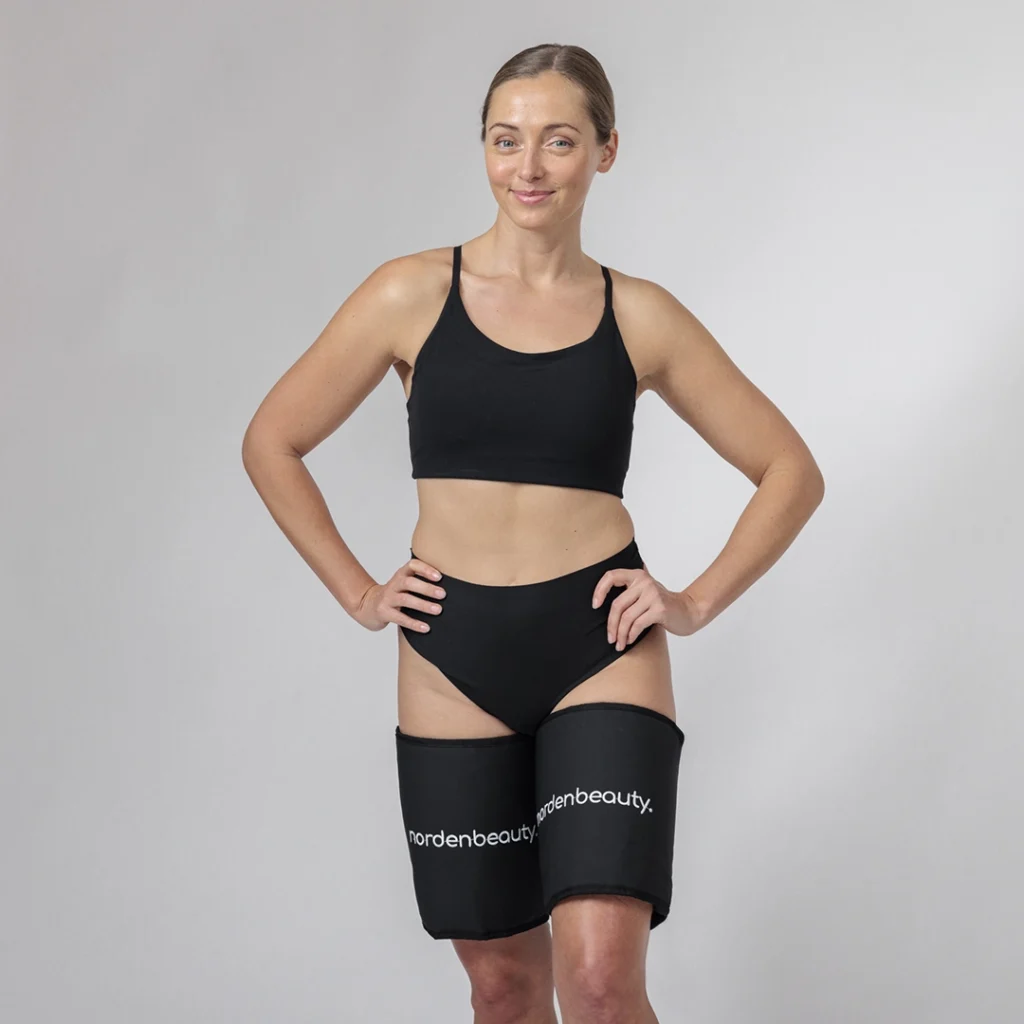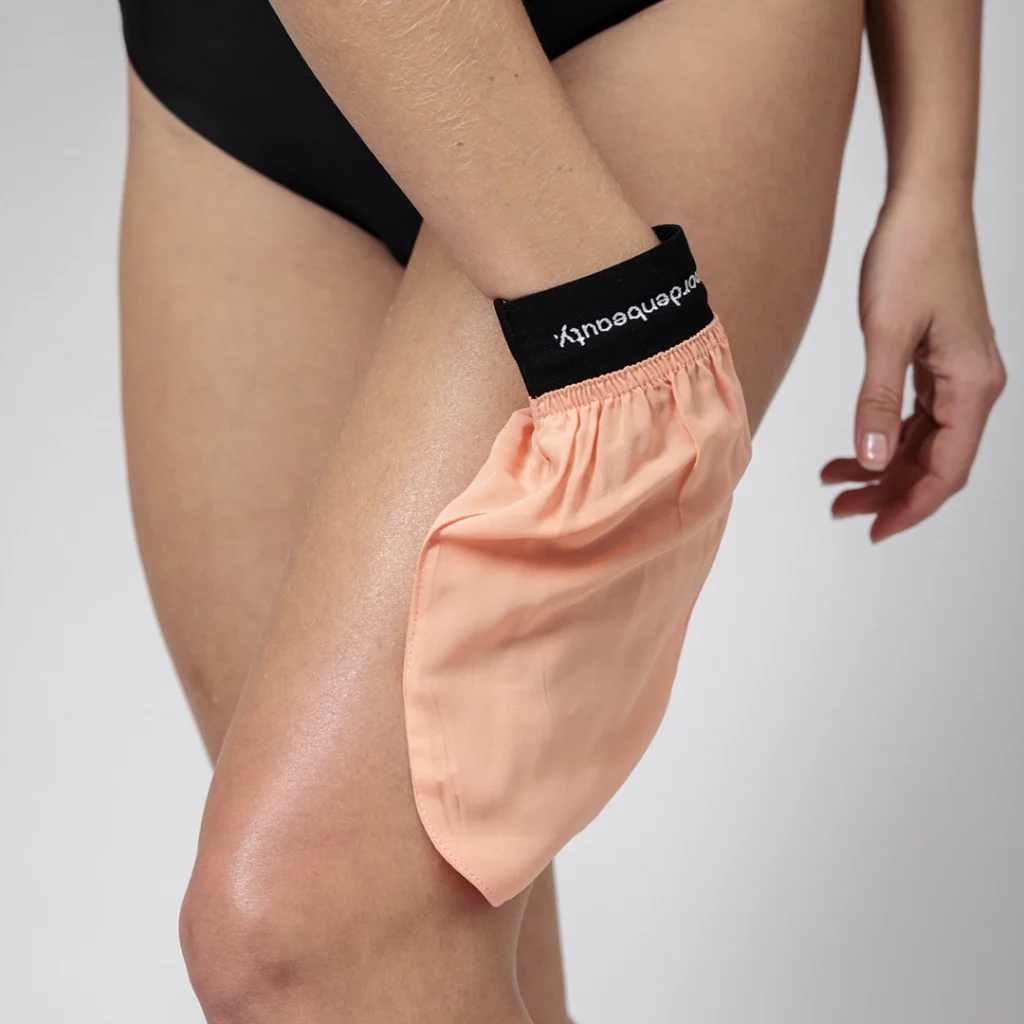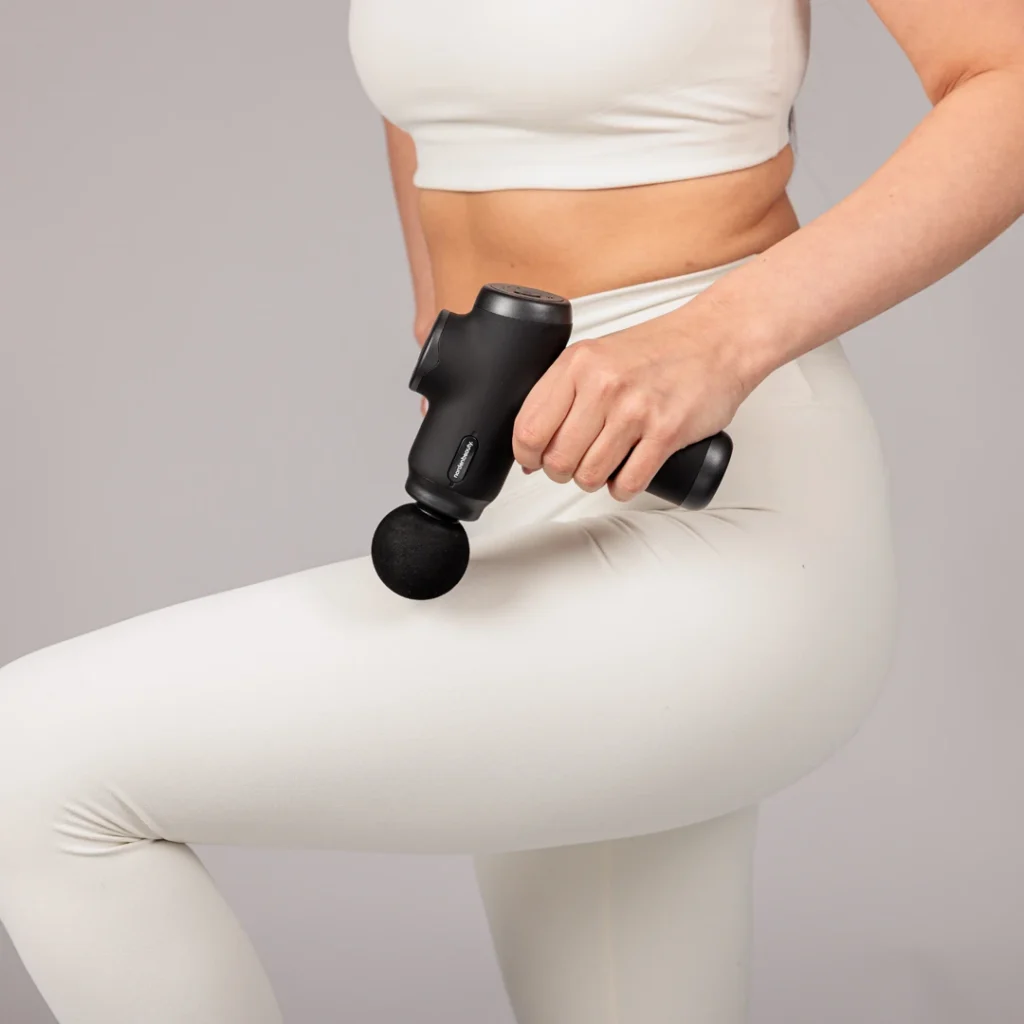VALID UNTIL NOVEMBER 30-th
Solutions for Lipedema Care at Home
Our lifesavers
True beauty starts from within – our devices help you achieve a balance of health and well-being.
View moreBuy now, pay later
Free delivery to parcel lockers from 79€
2-year warranty
25,000+ satisfied customers
Complete Guide to Understanding Lipedema
Symptoms typically include symmetrical fat deposits in the legs, arms, or both, creating a disproportionate appearance compared to the torso. The affected areas feel tender to touch and may cause pain, heaviness, and swelling. Unlike regular weight gain, lipedema fat is resistant to diet and exercise, and the skin may feel soft and nodular.
Many people with lipedema also experience easy bruising in the affected areas.
Check out more from here.
Many people with lipedema also experience easy bruising in the affected areas.
Check out more from here.
Common symptoms to watch for include legs or arms that appear disproportionately large compared to your torso, persistent pain or tenderness in fatty areas, swelling that worsens throughout the day, and skin that feels soft or spongy to touch.
The fat distribution in lipedema is typically symmetrical, affecting both legs or both arms equally. If you notice these symptoms, especially combined with difficulty losing weight in these areas despite diet and exercise, consult a healthcare professional.
Check out more from here.
The fat distribution in lipedema is typically symmetrical, affecting both legs or both arms equally. If you notice these symptoms, especially combined with difficulty losing weight in these areas despite diet and exercise, consult a healthcare professional.
Check out more from here.
Yes, it frequently causes pain and discomfort. Patients often describe the pain as aching, burning, or feeling like pressure in the affected limbs. The pain may worsen with prolonged standing, walking, or at the end of the day. Some people with lipedema also experience pain when the affected areas are touched or pressed, making activities like massage or tight clothing uncomfortable.
Check out more from here.
Check out more from here.
The swelling creates a characteristic appearance where the legs or arms appear disproportionately large compared to the rest of the body. The swelling typically stops abruptly at the ankles and wrists, creating a "cuff" effect where hands and feet remain normal-sized. The affected areas have a soft, doughy texture and may appear lumpy or nodular under the skin.
It is a progressive condition, meaning symptoms typically worsen without proper management. Early stages may show mild disproportion and tenderness, while advanced lipedema can lead to significant mobility issues, chronic pain, and skin changes. Hormonal changes, weight gain, and aging can accelerate the progression, making early diagnosis and treatment important.
It has a strong genetic component, with many patients reporting family members with similar symptoms. The condition predominantly affects women and often becomes more noticeable during hormonal changes like puberty, pregnancy, or menopause. If your mother, sisters, or other female relatives have similar fat distribution patterns and symptoms, you may have an increased risk of developing lipedema.
Lipedema and cellulite are distinctly different conditions. Cellulite appears as dimpled, orange-peel textured skin primarily on thighs and buttocks, while lipedema causes symmetrical enlargement of limbs with soft, tender fat deposits. Cellulite is cosmetic and painless, whereas lipedema causes physical discomfort and progressive symptoms. Lipedema affects the entire limb proportionally, while cellulite creates localized skin texture changes.
Lipedema creates a specific pattern where legs and/or arms become disproportionately large compared to the torso, with the disproportion stopping at wrists and ankles. Regular weight gain typically affects the entire body more evenly, including hands, feet, and torso. Lipedema fat is tender to touch and doesn't respond to diet and exercise like normal fat does. The symmetrical nature of lipedema (affecting both legs equally) also distinguishes it from typical weight distribution.
Lipedema and obesity are different conditions, though they can coexist. Obesity involves excess fat throughout the body, while lipedema creates specific fat accumulation in arms and/or legs with characteristic tenderness and texture. People with lipedema may have normal weight in their torso while having enlarged limbs. However, having both conditions can complicate diagnosis and treatment, as overall weight management becomes more challenging.
While lipedema and varicose veins are separate conditions, they can occur together. Lipedema may contribute to varicose vein development due to increased pressure on leg veins from enlarged fatty tissue. Both conditions can cause leg pain and swelling, but varicose veins create visible, twisted blood vessels, while lipedema causes overall limb enlargement. Some lipedema symptoms like heaviness and aching can overlap with varicose vein symptoms.
Medical professionals differentiate it from other conditions through physical examination, medical history, and sometimes imaging studies. They look for the characteristic symmetrical fat distribution, tenderness to touch, family history, and resistance to diet and exercise. Unlike lymphedema, it doesn't typically cause pitting edema or affect hands and feet. The soft, nodular texture of lipedema tissue also helps distinguish it from the firmer swelling of other conditions.
Yes, it is frequently misdiagnosed or overlooked. It's often mistaken for obesity, lymphedema, chronic venous insufficiency, or simply dismissed as genetic "thick legs." The lack of awareness among healthcare providers contributes to delayed diagnosis. Some patients are told to "just lose weight" without recognition that lipedema fat doesn't respond to conventional weight loss methods.
Its unique characteristics include its symmetrical presentation, resistance to diet and exercise, tender fatty tissue, family history pattern, and predominant occurrence in women. The condition's progression through distinct stages and its hormonal triggers also distinguish it from other fat distribution disorders. The specific "cuff" appearance at wrists and ankles, where normal-sized hands and feet contrast with enlarged limbs, is particularly characteristic of lipedema.
Its diagnosis is primarily clinical, based on physical examination and medical history. Healthcare providers look for characteristic signs including symmetrical fat distribution in arms and/or legs, tenderness to touch, family history, and onset during hormonal changes. There's no single definitive test for it, so diagnosis relies on recognizing the pattern of symptoms and ruling out other conditions through careful evaluation.
While no specific test diagnoses it, doctors may use various assessments to support the diagnosis and rule out other conditions. These can include lymphoscintigraphy to check lymphatic function, ultrasound to examine tissue structure, and sometimes MRI or CT scans. Blood tests might be performed to rule out other metabolic conditions. The primary diagnostic tool remains thorough physical examination by an experienced healthcare provider.
Several types of healthcare providers can diagnose it, though awareness varies among specialties. Vascular surgeons, plastic surgeons, dermatologists, lymphatic specialists, and some primary care physicians with the knowledge can make the diagnosis. Lymphedema therapists and certified lymphatic drainage specialists often recognize its symptoms and can refer patients for proper medical evaluation.
During a lipedema evaluation, expect a comprehensive medical history discussion including family history, symptom onset, and hormonal factors. The physical examination involves assessment of fat distribution, skin texture, tenderness, and measurement of affected areas. The doctor may photograph affected areas for documentation and discuss how symptoms impact your daily life. Be prepared to discuss previous weight loss attempts and any treatments you've tried.
The time to lipedema diagnosis varies widely, unfortunately often taking years due to lack of awareness among healthcare providers. Many patients report seeing multiple doctors before receiving an accurate diagnosis. Once you find a knowledgeable healthcare provider, diagnosis can often be made in a single appointment based on clinical presentation. However, ruling out other conditions might require additional testing over several weeks.
Yes, it can be diagnosed in early stages, though it's often more challenging as symptoms may be subtle. Early-stage lipedema might show mild disproportion, slight tenderness, and family history patterns. Early diagnosis is beneficial as it allows for prompt treatment to slow progression and manage symptoms before they become severe.
Doctors typically use established clinical criteria for the diagnosis, including bilateral and symmetrical fat distribution, minimal involvement of feet, negative Stemmer sign (ability to pinch skin at base of second toe), family history, onset at times of hormonal change, and diet-resistant fat deposits. Pain and tenderness in affected areas, along with the characteristic texture of lipedema tissue, also support the diagnosis.
Lipedema diagnosis includes staging the condition's severity. Stage 1 shows smooth skin with increased subcutaneous fat. Stage 2 presents with uneven skin surface and larger fat lobules. Stage 3 involves significant tissue overhang and deformity. Some classification systems include Stage 4 with additional lymphedema (lipo-lymphedema). Proper staging helps guide treatment decisions and prognosis.
Discover more from this source.
Discover more from this source.
Lipedema treatment focuses on symptom management and slowing progression since there's no cure. Primary treatments include compression therapy, manual lymphatic drainage, specialized exercise, infrared therapy, and surgical intervention (liposuction). Conservative management involves proper nutrition, skin care, vacuum massage therapy, and innovative at-home treatments. Early intervention is crucial for preventing complications and maintaining quality of life.
Infrared therapy has emerged as a beneficial treatment for lipedema management. NordenBeauty's infrared sauna blanket provides full-body heat therapy that can improve circulation, reduce inflammation, and promote lymphatic drainage. The infrared belt for belly and infrared belt for thighs offer targeted treatment to specific lipedema-affected areas. These devices penetrate deep into tissues, potentially helping to break down fatty deposits while improving blood flow and reducing pain associated with lipedema.
Vacuum massage therapy can significantly benefit patients by stimulating lymphatic drainage and improving circulation. The ShapePro vacuum massager offers professional-grade treatment that can be used at home to help reduce swelling and improve tissue texture in affected areas. Regular vacuum massage sessions may help break up fatty deposits, reduce pain, and improve the overall appearance of lipedema tissue when used as part of a comprehensive treatment plan.
Compression therapy is a cornerstone of its management, helping reduce swelling, improve comfort, and prevent progression. Properly fitted compression garments can significantly improve symptoms and quality of life. The compression level and garment type should be prescribed by a healthcare professional experienced with lipedema. While compression doesn't cure lipedema, it's essential for ongoing management and works synergistically with other treatments like infrared therapy.
Yes, several at-home treatments can effectively complement professional care. NordenBeauty's infrared sauna blanket allows for convenient full-body heat therapy sessions that may improve circulation and reduce inflammation. Targeted infrared belts for belly and thigh areas provide focused treatment to commonly affected zones. Regular use of exfoliating gloves can improve skin texture and circulation, while vacuum massage devices like ShapePro offer lymphatic drainage benefits in the comfort of your home.
Manual lymphatic drainage (MLD) performed by certified therapists can help manage symptoms by improving lymphatic circulation and reducing swelling. At-home alternatives include vacuum massage devices and infrared therapy, which can stimulate similar lymphatic benefits. Regular MLD sessions, whether professional or using at-home devices, can decrease pain, improve tissue texture, and enhance overall comfort when managing lipedema.
Proper skin care is essential for management to prevent infections and maintain healthy tissue. Regular exfoliation using specialized exfoliating gloves helps improve circulation and remove dead skin cells, promoting better skin health in affected areas. Infrared therapy from devices like sauna blankets and targeted belts can improve skin texture by enhancing blood flow. Maintaining clean, moisturized skin and gentle massage techniques are crucial components of comprehensive lipedema skin care.
The long-term outlook for it varies depending on early diagnosis, appropriate treatment, and individual factors. With proper management including compression, specialized care, innovative at-home treatments like infrared therapy and vacuum massage, and possibly surgical intervention, many people with it can maintain good quality of life and slow disease progression. Modern treatment options including NordenBeauty's therapeutic devices offer new possibilities for managing lipedema symptoms at home, complementing traditional medical treatments for better long-term outcomes.
Lipedema Resources & Education
How Do I Know If I Have Lipedema Symptoms? A Self-Assessment Guide
That nagging feeling that something isn’t quite right with your body – we’ve all been there. Maybe you’ve been staring at your legs in the mirror, wondering why they look so different from the rest of you. Or perhaps you’ve been dealing with persistent pain that nobody else seems to understand. If you’re here reading […]
Lipedema: Causes, Symptoms and How To Treat It
Understanding Lipedema Lipedema is a chronic fat disorder predominantly affecting women, characterized by symmetrical, disproportionate fat accumulation primarily in the legs and sometimes arms. It is often misdiagnosed as obesity but involves distinct symptoms like pain, tenderness, bruising, and increased sensitivity in affected areas. Hormonal changes and genetic predisposition are significant contributing factors [1]. Recognizing […]
Does Lipedema Cause Pain? Understanding the Complex Reality
If you’re dealing with unexplained leg or arm pain and wondering if it could be connected to lipedema, you’re asking exactly the right question. The relationship between lipedema and pain is one of the most important – and sometimes confusing – aspects of this condition. Let’s dive into what we actually know about lipedema pain, […]
What Are the Main Symptoms of Lipedema?
If you’ve been wondering whether those stubborn areas on your legs or arms might be more than just “genetics” or weight gain, you’re not alone. Thousands of women every day are discovering that what they’ve been told is just their body type might actually be a condition called lipedema. Let’s dive into the main symptoms […]
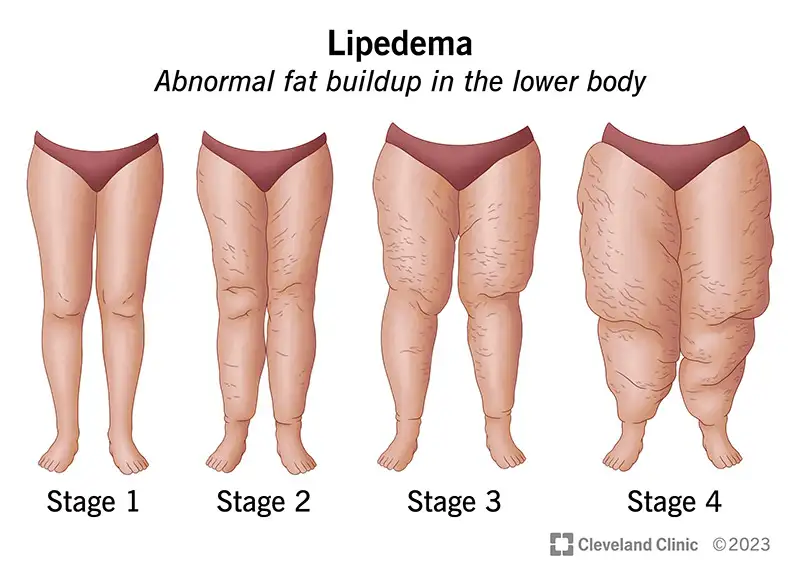
What Is Lipedema and How to Get Rid of It?
Have you noticed persistent swelling and discomfort in your legs that doesn’t improve with dieting or exercise? You might be dealing with lipedema—a chronic condition many women live with unknowingly. In this guide, you’ll learn exactly what lipedema is, its common symptoms, and effective solutions to manage this condition and regain your comfort and confidence. […]
